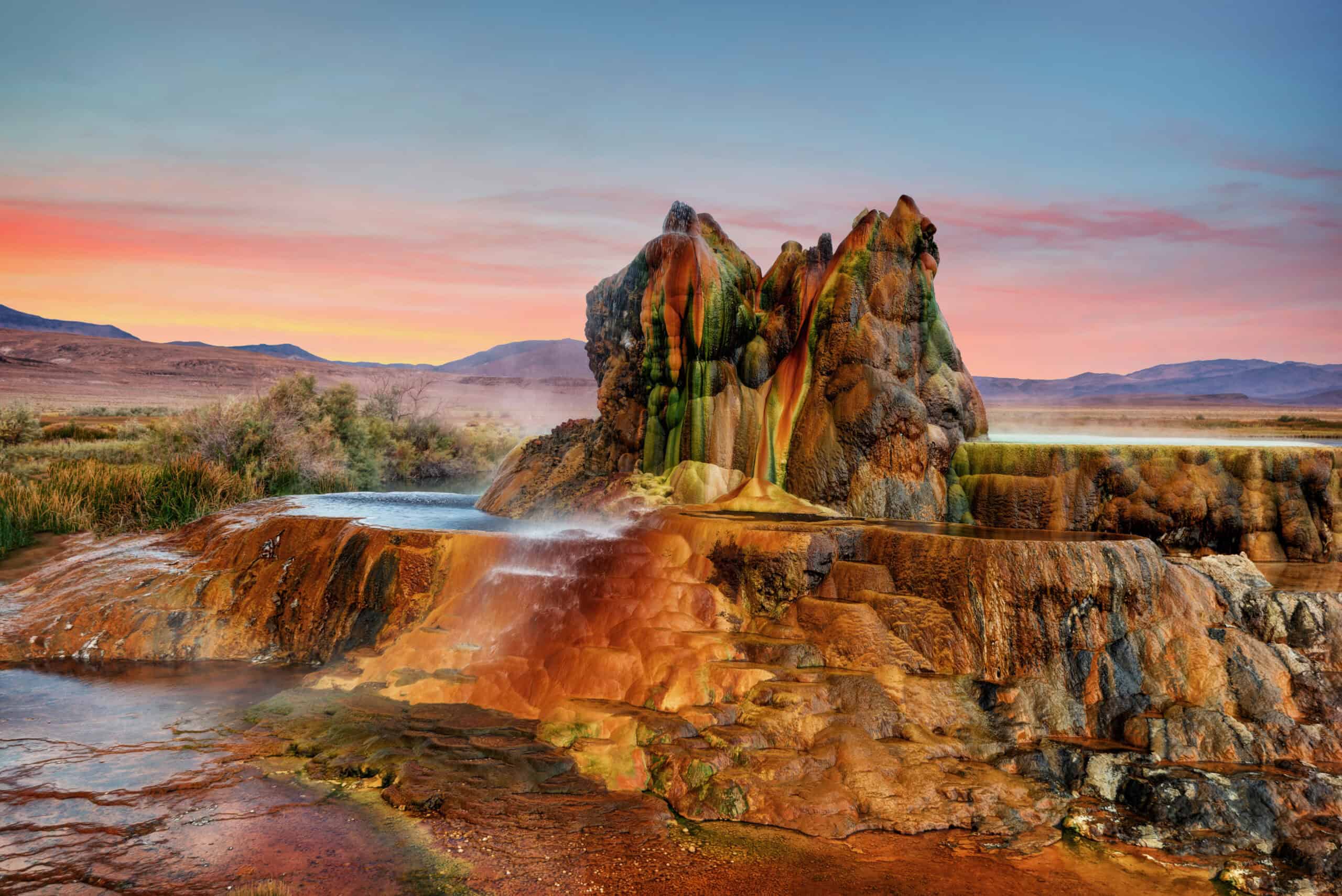The Arctic is home to some of the most resilient animals on the planet, each uniquely adapted to survive in its extreme cold. From thick layers of blubber to camouflage coats that change with the seasons, these creatures have evolved remarkable ways to thrive in this frozen environment. Their ability to find food, shelter, and warmth in such harsh conditions is a testament to nature’s ingenuity. In this article, we’ll explore some of the Arctic’s most fascinating animals and the incredible adaptations that help them survive the cold.
Arctic Fox

The Arctic fox thrives in some of the harshest conditions on Earth. Its dense, multi-layered fur provides insulation, while its small body size helps minimize heat loss. In winter, its fur changes to white, blending perfectly with the snow, which aids in camouflage from predators. Despite the freezing temperatures, the fox’s paws are designed to walk on ice, covered with fur to maintain warmth. Additionally, it can store body fat to survive long periods without food.
Polar Bear
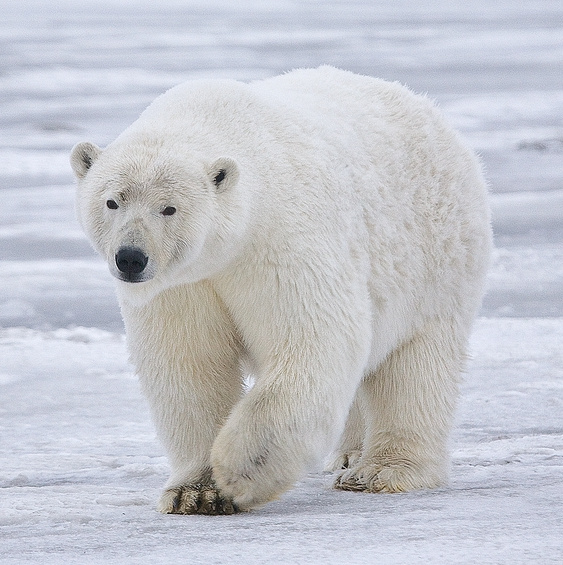
Known as the king of the Arctic, the polar bear is perfectly suited for life on ice and snow. A thick layer of blubber beneath their skin acts as insulation, while their translucent fur captures solar heat. Their large paws not only help them swim long distances but also distribute weight evenly when walking on thin ice. Although they are formidable predators, they primarily feed on seals, relying on sea ice to hunt. However, climate change is threatening their environment, making survival increasingly difficult.
Narwhal
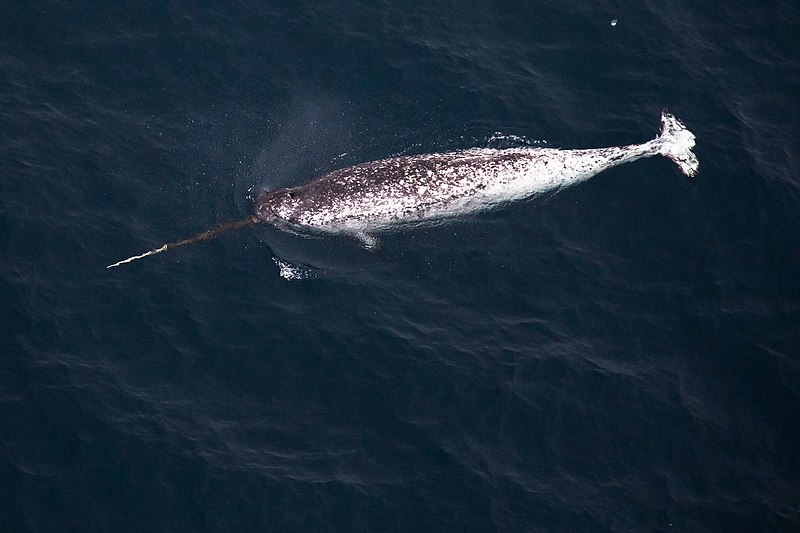
The narwhal, often referred to as the unicorn of the sea, is an extraordinary Arctic whale. Its most distinguishing feature is its long, spiral tusk, which is an extended tooth. Narwhals are deep divers, capable of plunging over 5,000 feet into icy waters to find prey such as squid and fish. These animals live in tightly-knit pods, communicating through clicks and whistles. Their ability to navigate through freezing waters is supported by a layer of blubber that insulates them from the cold.
Snowy Owl
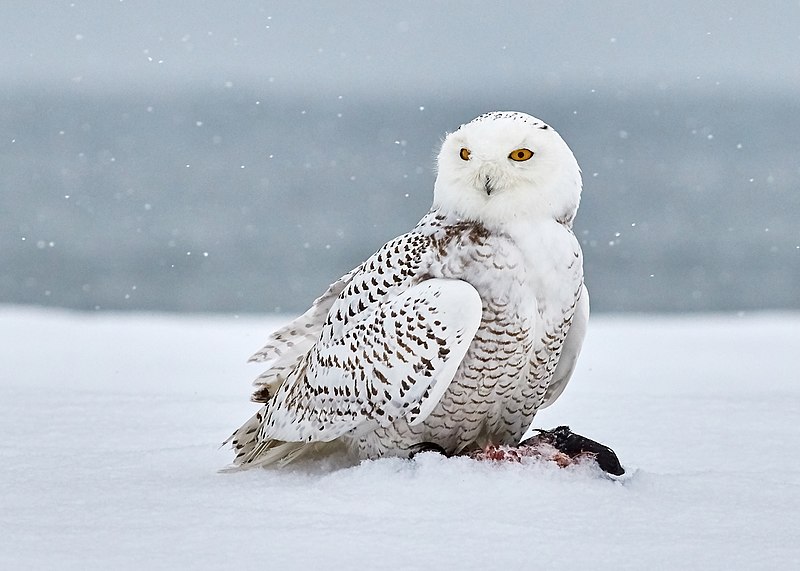
With its striking white feathers, the snowy owl is a master of Arctic survival. These feathers offer excellent insulation, keeping the owl warm in temperatures that dip far below freezing. Equipped with keen eyesight and powerful talons, the snowy owl is an adept hunter, capable of spotting prey from great distances. Unlike many birds, it remains in the Arctic year-round, even in the depths of winter. This predator primarily feeds on small mammals, including lemmings, which are abundant in the tundra.
Arctic Hare
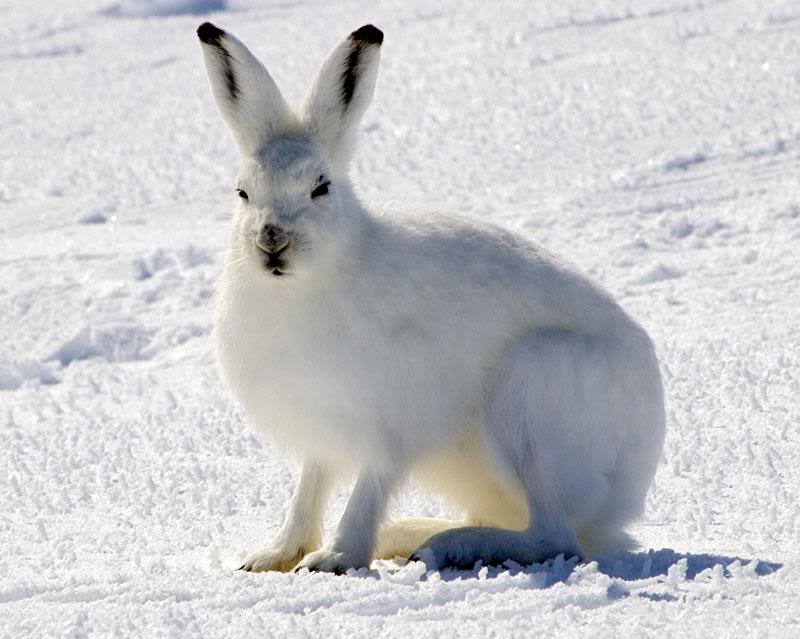
The Arctic hare’s thick coat, which turns white in winter, provides both warmth and camouflage against predators. Its large hind legs allow it to run at incredible speeds, escaping threats in the vast, open tundra. Arctic hares are herbivores, digging through snow to find mosses, lichens, and woody plants. Their compact body shape helps conserve heat, a crucial adaptation for surviving in subzero temperatures. Social by nature, they often huddle together in groups to maintain warmth during frigid Arctic nights.
Beluga Whale
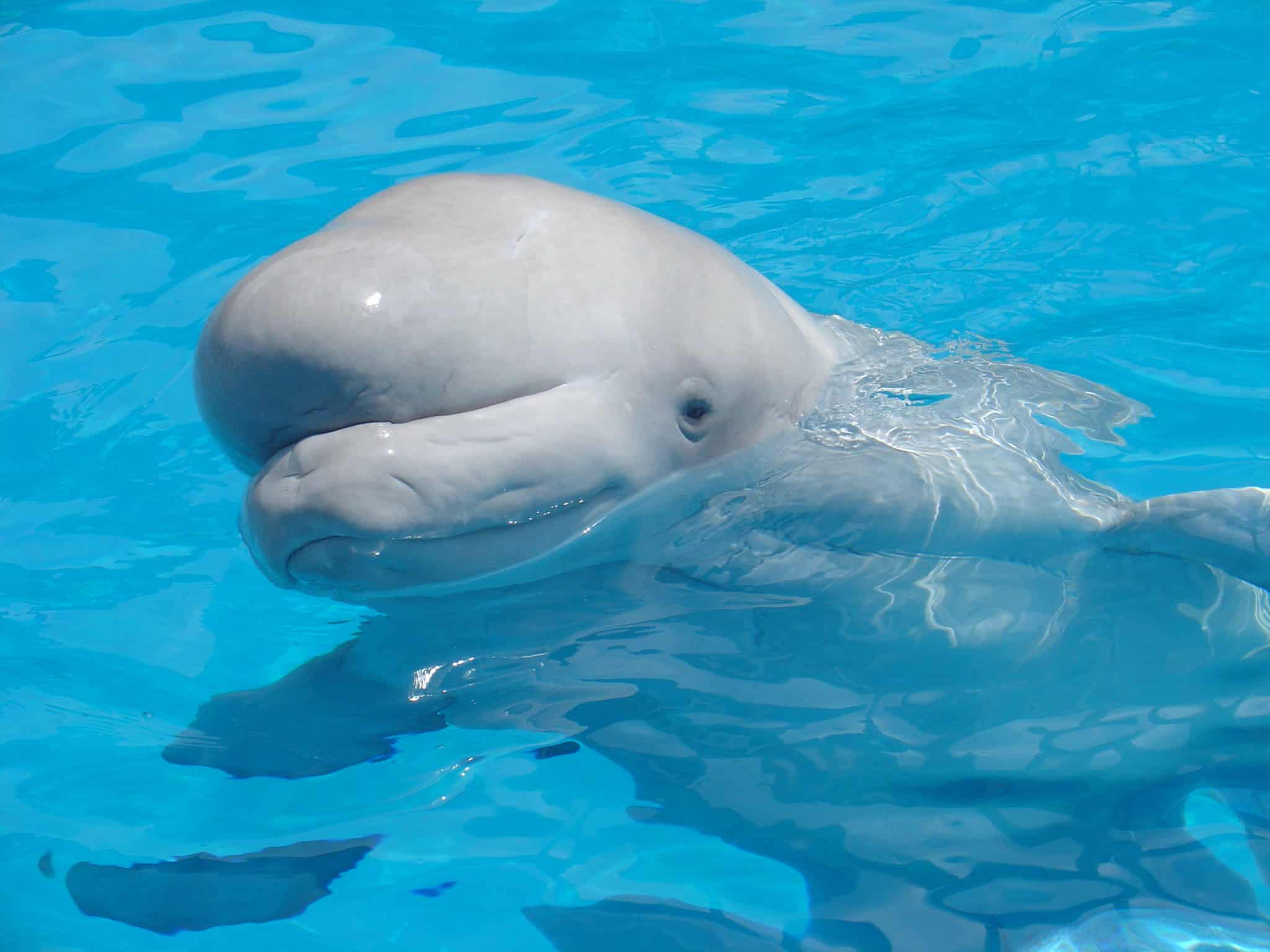
Known for its white color and distinctive vocalizations, the beluga whale is perfectly adapted to life in the icy Arctic waters. Unlike many other whales, belugas have a flexible neck, allowing them to maneuver easily through their environment. Their thick layer of blubber provides insulation, enabling them to thrive in water temperatures that can drop below freezing. They are highly social animals, communicating using a range of sounds like clicks and whistles. In the winter, belugas migrate to areas with open water, avoiding being trapped by sea ice.
Musk Ox
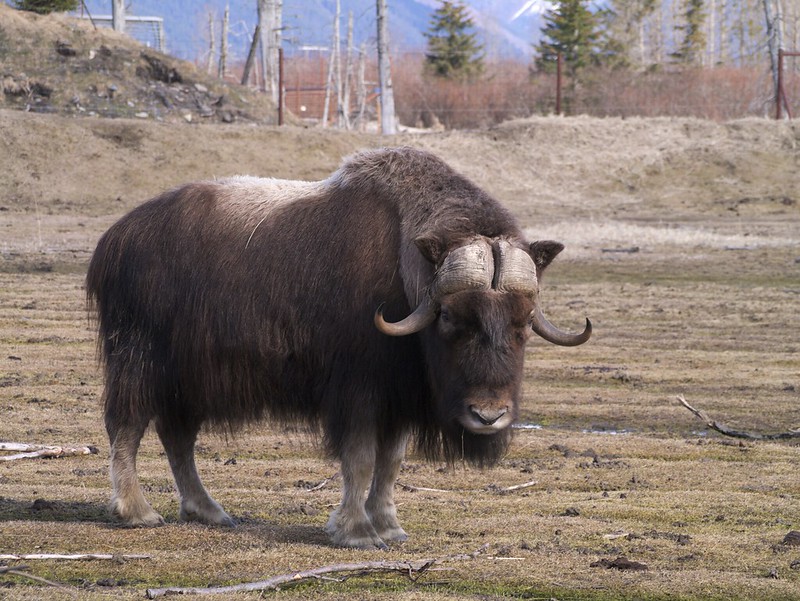
The musk ox has adapted to the brutal Arctic environment with a dense coat of long, shaggy hair and a woolly underlayer. These layers act as natural insulation, trapping body heat and keeping the ox warm even in extreme cold. Musk oxen travel in herds, which offers protection against predators like wolves and also helps to conserve heat. Their broad, hooved feet are designed for walking on snow, preventing them from sinking into deep drifts. During winter, they dig through snow with their hooves to find frozen grasses and lichens to eat.
Ringed Seal
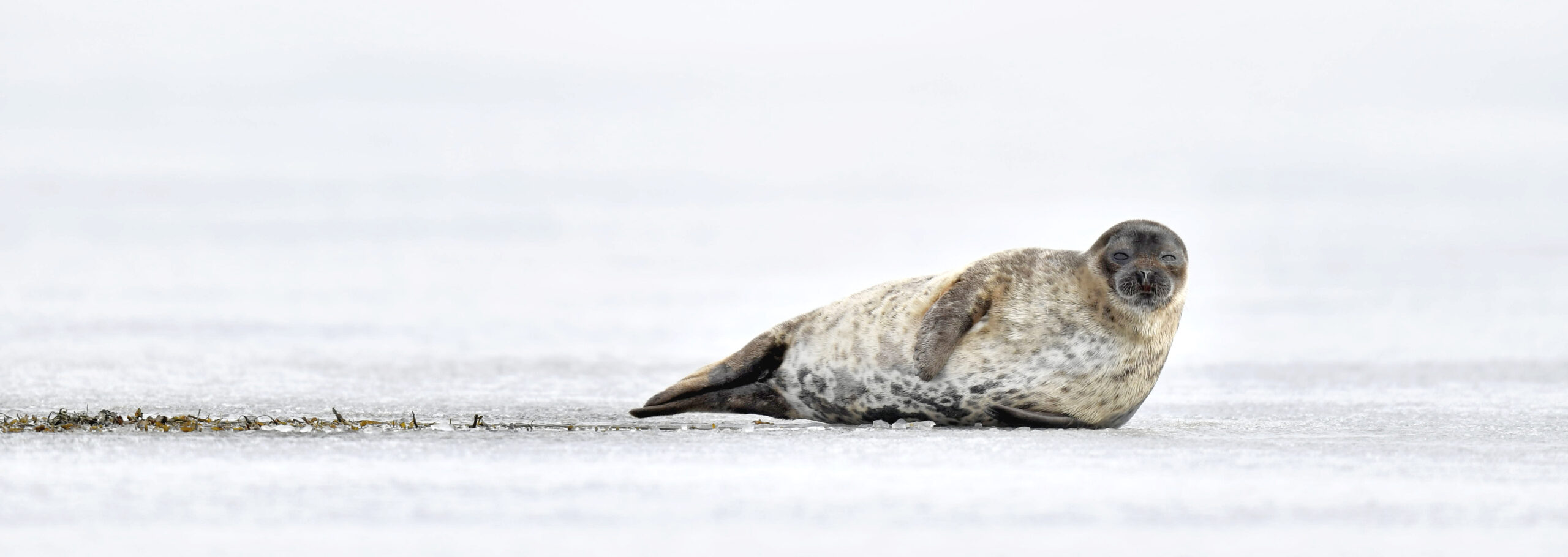
As one of the smallest seals in the Arctic, the ringed seal is a critical species in the polar ecosystem. Its thick layer of blubber insulates it from the freezing waters, and its ability to make breathing holes in sea ice helps it survive in extreme environments. These seals primarily feed on fish and crustaceans, which they catch while swimming under the ice. During the winter, they create lairs in snow-covered ice to protect their pups from predators. Their keen sense of smell and hearing also helps them detect threats and prey under the ice.
Walrus
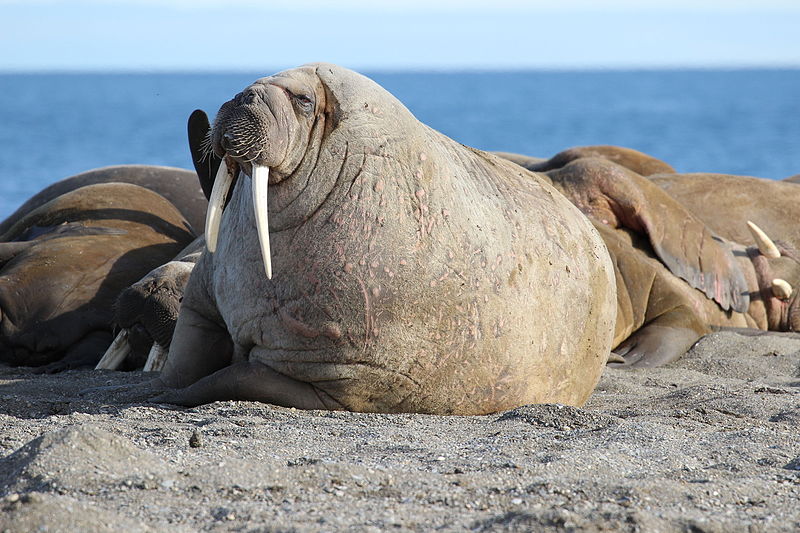
Walruses are iconic Arctic animals known for their long tusks and distinctive whiskers. Their thick skin and blubber provide essential insulation against freezing water temperatures. These massive creatures use their tusks to pull themselves onto ice floes and to defend against predators like polar bears. Walruses mainly feed on clams, mussels, and other sea creatures, which they locate on the ocean floor using their sensitive whiskers. Living in large herds, walruses rely on social interaction for warmth and protection.
Greenland Shark
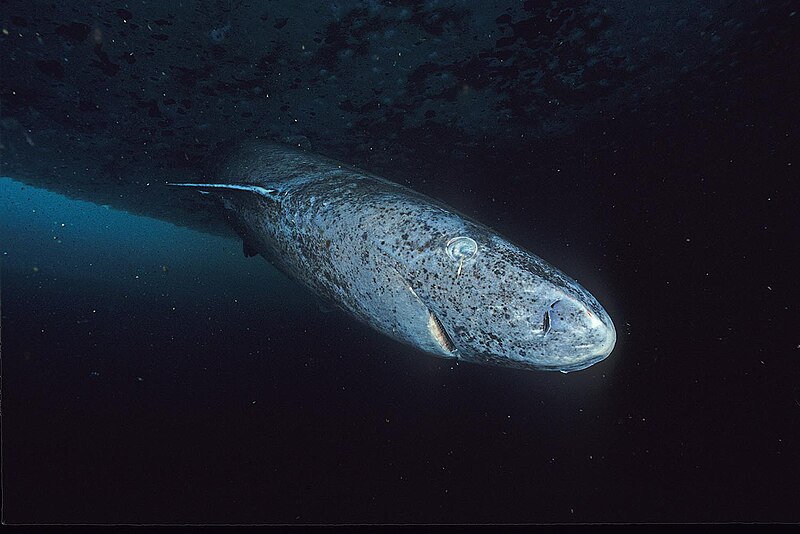
The Greenland shark is one of the most mysterious and ancient inhabitants of the Arctic Ocean. It moves slowly through the icy depths, using minimal energy, which allows it to survive in such a frigid environment. These sharks have an exceptionally long lifespan, with some believed to live for over 400 years, making them the longest-living vertebrates. Their flesh contains toxins, making them inedible to most predators, though Inuit cultures have found ways to safely consume them. Despite their slow metabolism, Greenland sharks are formidable predators, feeding on fish and marine mammals.
Ivory Gull
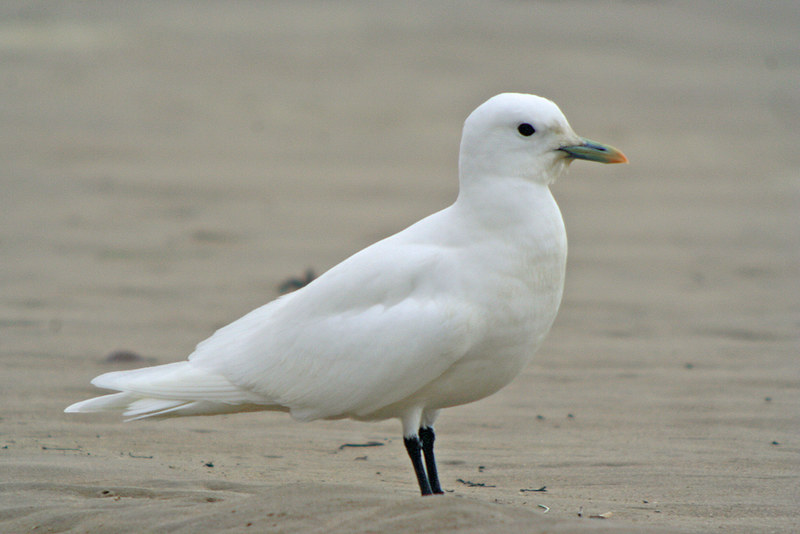
This pure white bird is one of the few gull species that live year-round in the Arctic. Its feathers are not only visually stunning but also serve as vital insulation against freezing temperatures. The ivory gull feeds primarily on fish and carrion, often scavenging the remains left behind by polar bears. To survive in such harsh conditions, it builds its nest in rocky areas, away from predators. During the winter months, these gulls rely on sea ice to find food and shelter.
Peary Caribou
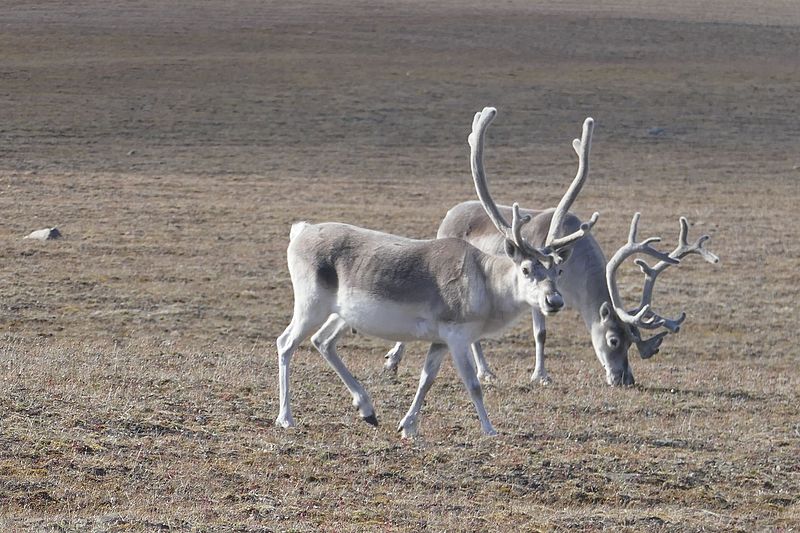
The Peary caribou, the smallest subspecies of caribou, has adapted remarkably to the Arctic tundra. Their short legs and compact bodies help them retain body heat during frigid winters. Unlike other caribou, Peary caribou dig through the snow to forage for lichens and mosses, their primary food source. They also grow thick winter coats, which provide exceptional insulation. Unfortunately, climate change and human activity have threatened their populations, making them one of the more vulnerable species in the Arctic.
Ermine
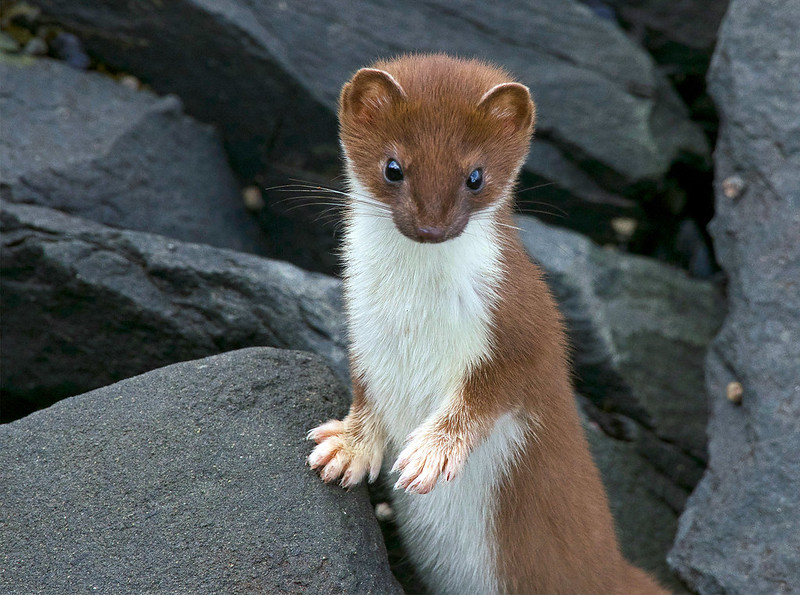
The ermine, also known as the short-tailed weasel, is a small predator perfectly adapted to Arctic life. In winter, its fur turns white, offering camouflage in the snow, while its summer coat is brown, blending into the tundra. This change in fur color is essential for both hunting prey and avoiding predators. Ermines are agile hunters, feeding on small mammals, birds, and insects, and they can endure harsh climates by using snow burrows for shelter. Their fast metabolism requires them to consume large amounts of food to maintain energy in the cold.
Puffin
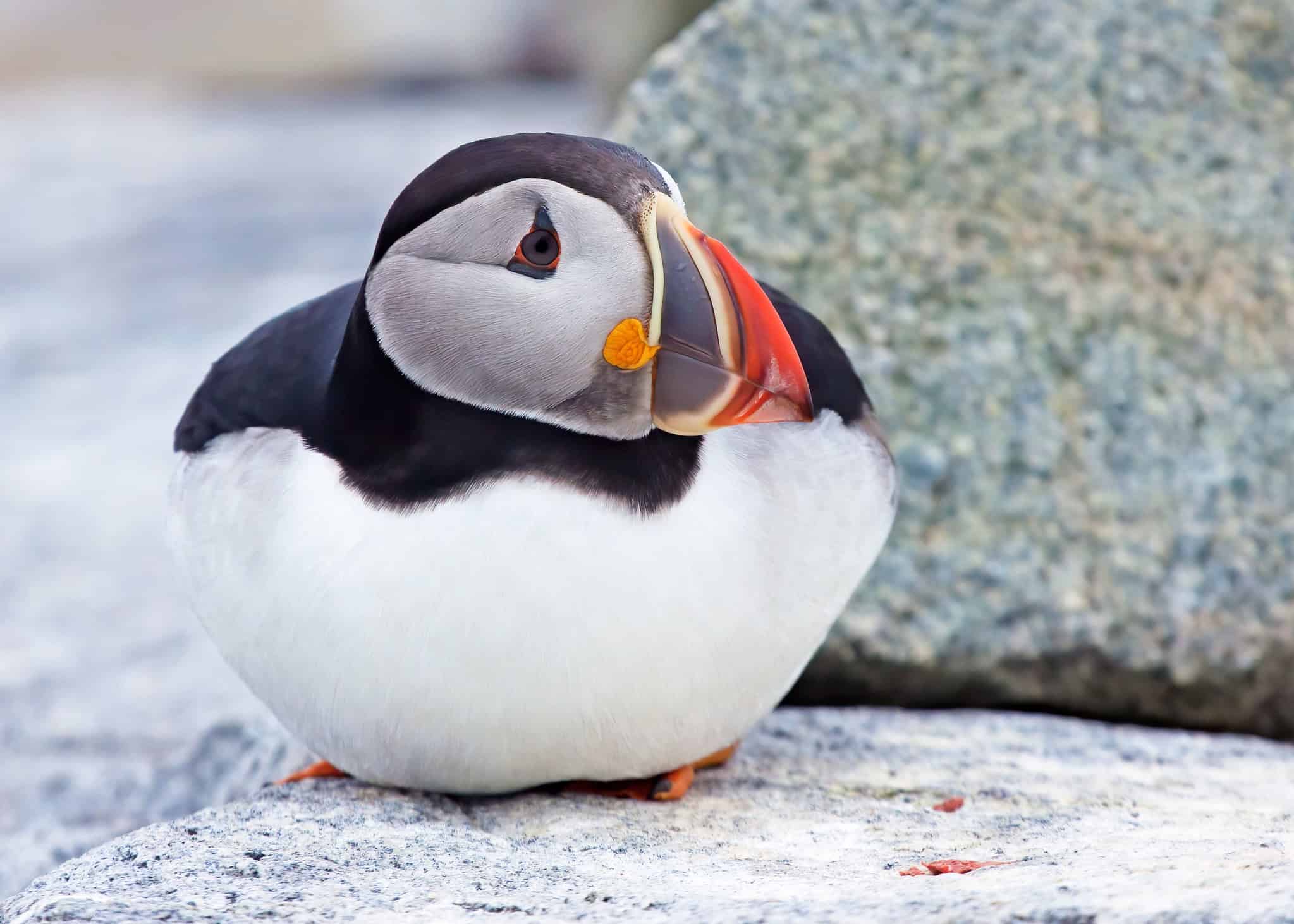
Though puffins are often associated with northern coastal cliffs, they are true Arctic survivors. Their waterproof feathers allow them to dive deep into icy waters in search of fish, their primary food source. Puffins have specialized beaks that enable them to catch and carry multiple fish at once. During the breeding season, they return to land, building burrows in cliffsides to protect their young. Despite their comical appearance, puffins are resilient birds capable of withstanding the Arctic’s brutal conditions.
Lemming
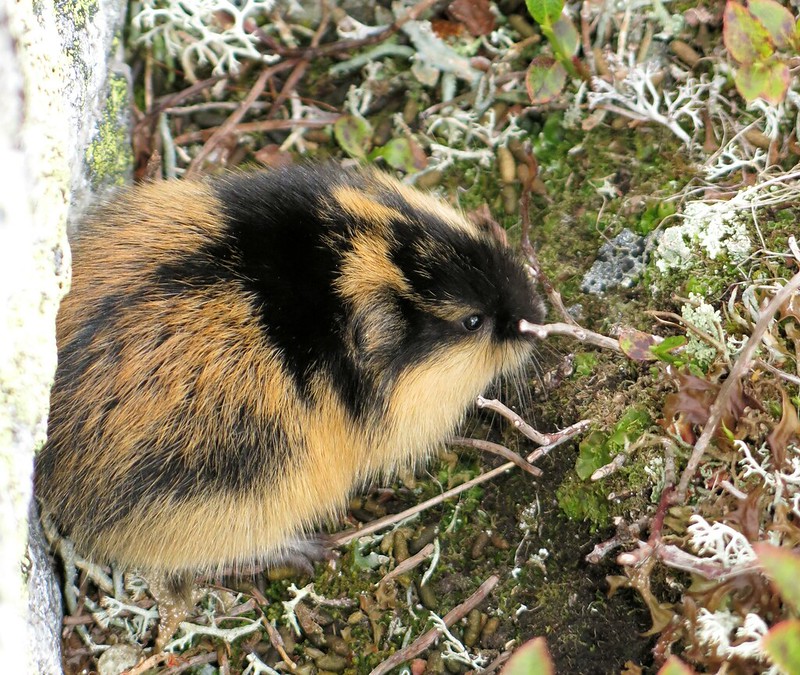
Lemmings are small but critical to the Arctic ecosystem, serving as prey for many larger animals, such as snowy owls and Arctic foxes. They live in burrows beneath the snow, which provides warmth and protection from predators. Their thick fur keeps them insulated during the coldest months, allowing them to remain active year-round. Unlike many animals in the Arctic, lemmings do not hibernate, continuously foraging for grasses, roots, and other vegetation. Their populations fluctuate dramatically, influencing the survival of predators in the region.
This article originally appeared on Rarest.org.
More From Rarest.Org
In the world of automotive innovation, electric supercars have emerged as the pinnacle of speed and engineering, pushing the boundaries of what was once thought possible. These high-performance machines combine cutting-edge technology with breathtaking acceleration, proving that electric vehicles can be just as thrilling, if not more so, than their gasoline-powered counterparts. Read more.
When it comes to beach getaways, the Mediterranean offers some of the most stunning and secluded spots that remain blissfully off the beaten path. For those seeking tranquility and a touch of adventure, hidden beaches provide the perfect escape from the usual tourist crowds. Read more.
The world is filled with incredible natural wonders, but some of the most fascinating geological features are those tucked away in remote corners of the globe. These bizarre landscapes, shaped by millions of years of natural forces, captivate with their unusual formations and striking beauty. Read more.



